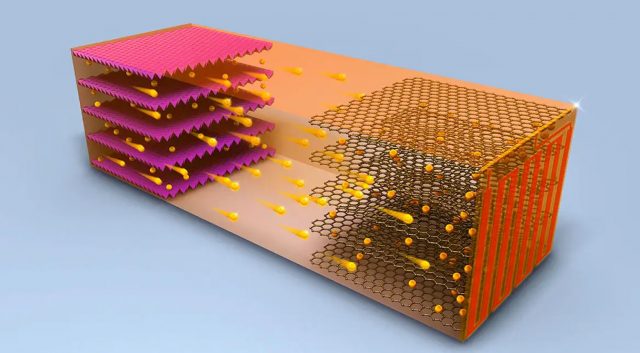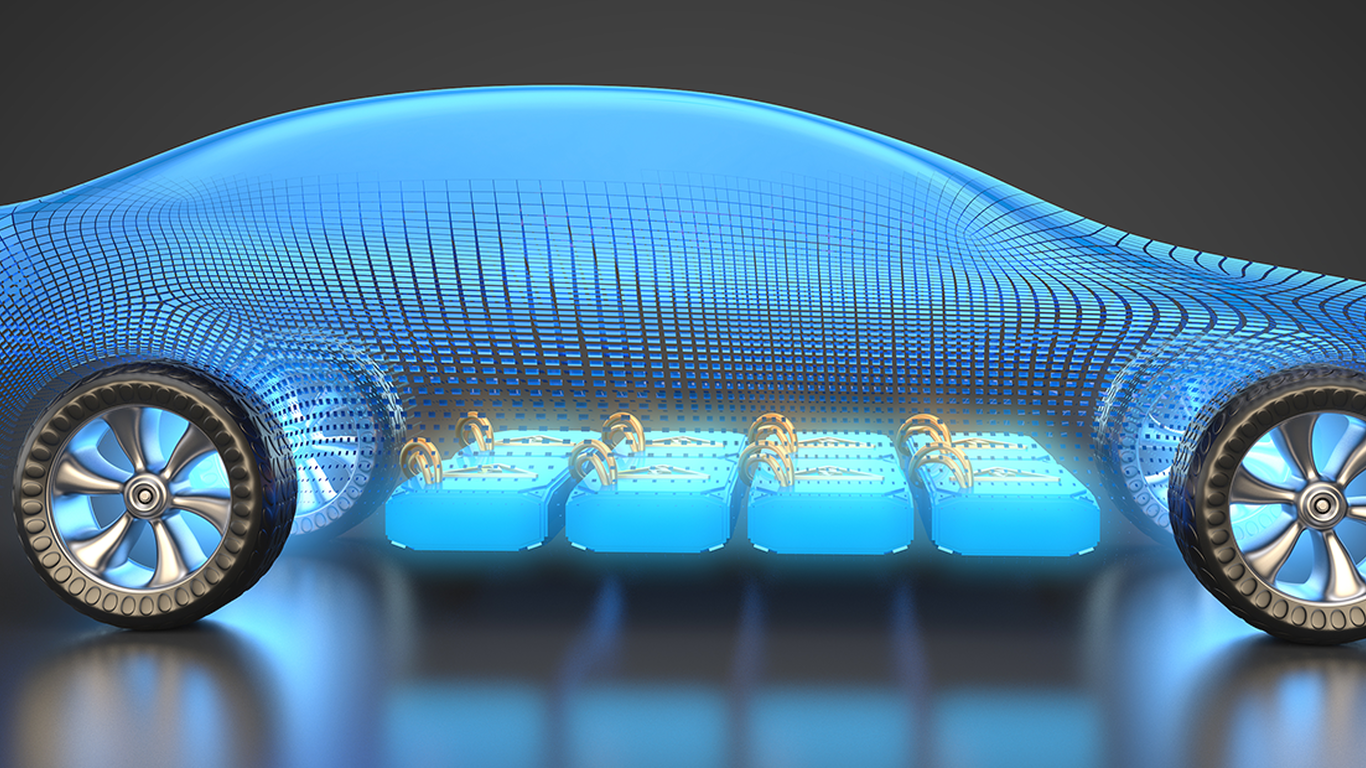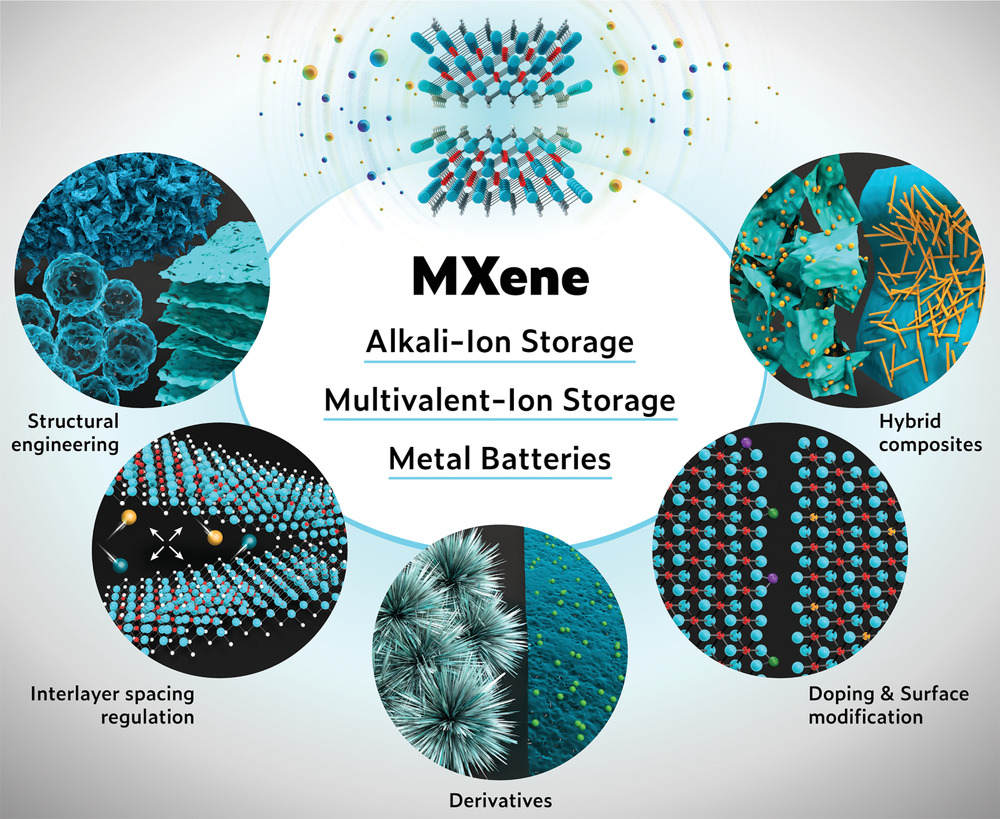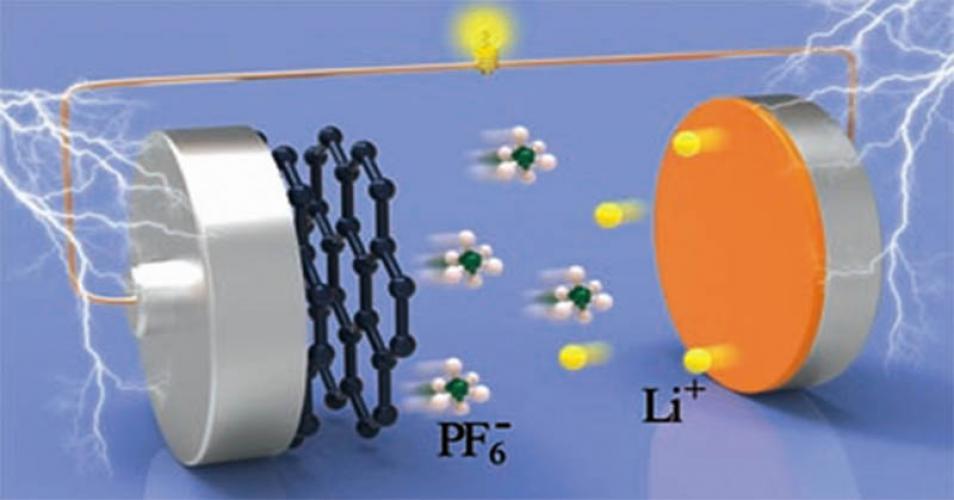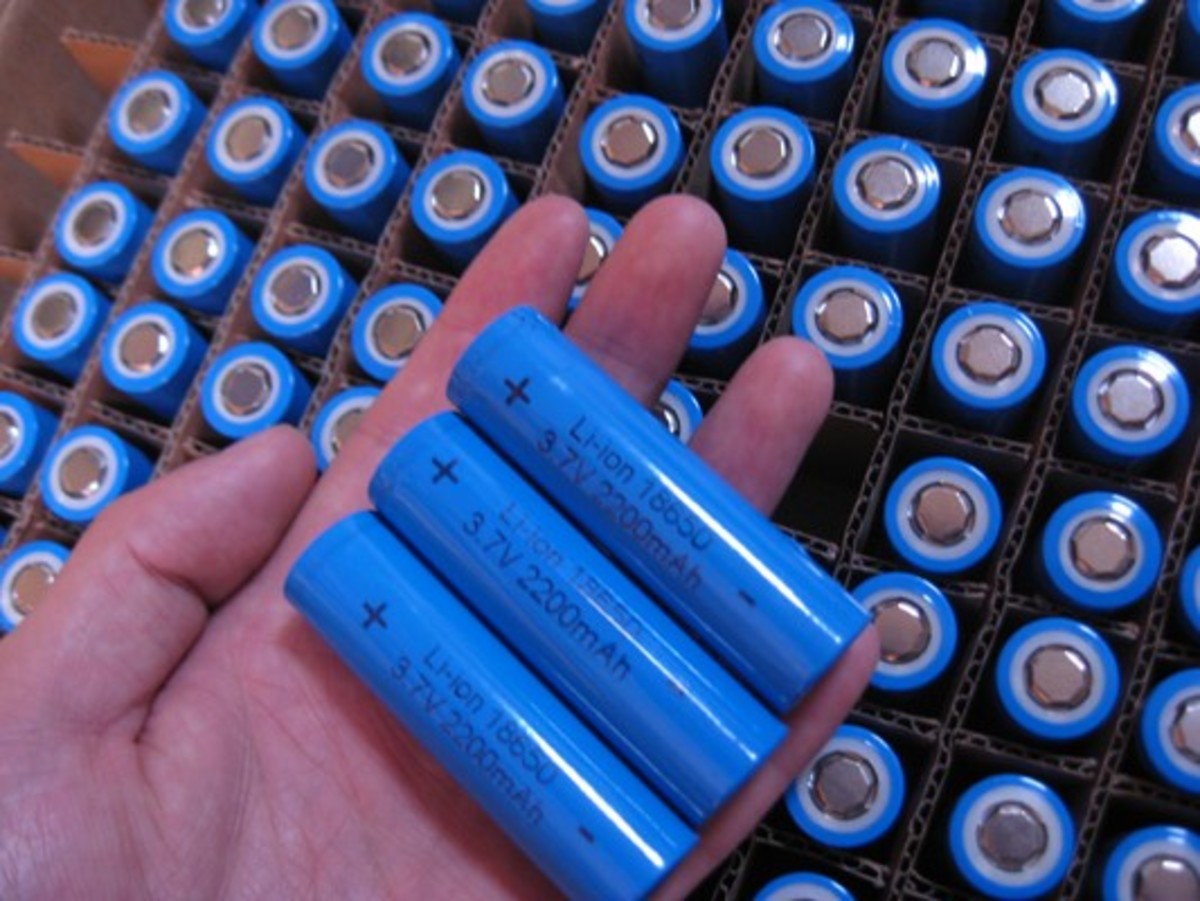| نویسندگان | Farshad Boorboor Ajdari, Parnaz Asghari, Ali Molaei Aghdam, Fereshteh Abbasi, Rayavarapu Prasada Rao, Aliakbar Abbasi, Fatemeh Ghasemi, Seeram Ramakrishna, Nima Mikaeili Chahartagh |
|---|---|
| نشریه | Advanced Functional Materials |
| شماره صفحات | 2314822 |
| شماره مجلد | 1 |
| ضریب تاثیر (IF) | 19 |
| نوع مقاله | Full Paper |
| تاریخ انتشار | 2024-04-15 |
| رتبه نشریه | علمی - پژوهشی |
| نوع نشریه | الکترونیکی |
| کشور محل چاپ | ایران |
| نمایه نشریه | SCOPUS ,JCR |
چکیده مقاله
Solid-state battery research has gained significant attention due to their inherent safety and high energy density. Silicon anodes have been promoted for their advantageous characteristics, including high volumetric capacity, low lithiation potential, high theoretical and specific gravimetric capacity, and the absence of lethal dendritic growth. Addressing concerns such as low conductivity, pulverization, fracture, dense solid electrolyte interface layer, and low coulombic efficiency has substantially improved the use of silicon electrodes in solid-state batteries. Researchers have explored carbon additions, solid electrolyte suitability for Si anodes, pressure optimization, and particle size effects (nano/micro) to enhance energy density. Recent studies have investigated the conductivity mechanism, stack pressure, and anode-solid electrolyte compatibility to improve energy density. Micro- and nano-sized silicon have attracted attention in carbon-based composites due to their exceptional conductivity, uniform distribution, efficient electron migration, and diffusion channels. The development of solid-state batteries with high energy density, safety, and extended lifespan has been a major focus. This review sheds light on significant insights and strategic approaches for researchers working on solid-state silicon-based systems to overcome existing challenges.

